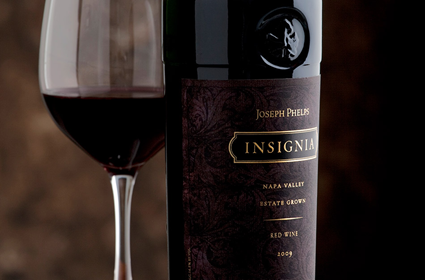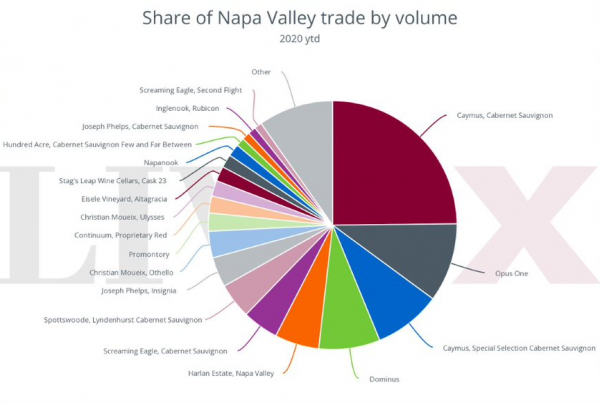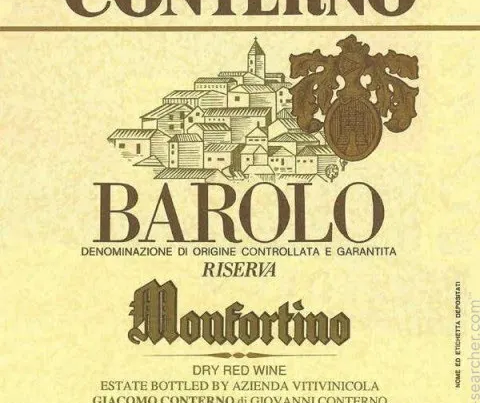Profile
Owner: AXA-Millésimes
Classification: Deuxièmes Cru
Vineyard area: 73 hectares
Average annual production: 24,000 cases (12-13, 000 of Pichon Baron and 10-12, 000 of Tourelles)
Colour: Red
2011 blend: 82% Cabernet Sauvignon, 18% Merlot
Other wines: Les Tourellles de Longueville
L-WIN: 1014163
History
Château Pichon Longueville-Baron was originally a farmhouse called La Baderne. The wine was brought into production in the 17th Century by Jacques de Pichon, Baron of Longueville, and quickly gained an excellent reputation. The château today, known for its witch-hat turrets and traditional fairytale castle appearance, was built by Raoul de Pichon-Longueville in 1851, and the wine was awarded second growth quality in the 1855 classification. The estate was once whole, but split between siblings in the 19th Century under Napoleonic laws, and divided into the properties of Pichon Longueville Baron (Pichon Baron) and Pichon-Longueville-Comtesse de Lalande (Pichon Lalande).
Bought by the Bouteillier family in 1933, the wines of Pichon Baron flourished until the death of Jean Bouteillier in 1961. His children were inexperienced in wine, and throughout the 1970s and 1980s the quality suffered.
AXA-Millésimes took over the estate in 1987, and with the appointment of Jean-Michel Cazes of Château Lynch-Bages as administrator the wines improved, consistently accruing top scores from critics.
Since Christian Seely took over the managing of the estate in 2000, Pichon Baron has continued to rise in quality. It has firmly established itself as a Super Second, and is seen by many as superior to Lalande, which has historically overshadowed it.
Pichon Baron 2011
The 2011 Pichon Baron’s Liv-ex Total Score (the mean score of critics) was 92.6, placing it in the top 15 of the Bordeaux 2011s. The wine came to market at €72 per bottle ex-negociant, a 46% reduction on the 2010.
James Suckling awarded the wine 92-93, describing it as having “very pretty aromas of currants and blueberries with hints of flowers. Full body with silky tannins and a fruity finish.” (www.jamessuckling.com)
Beating the Bordeaux blues
Pichon Baron tends to be cheaper than its fraternal neighbour, Pichon Lalande, although in 2011 both vintages were released at exactly the same price, reflecting recent sentiment.
As shown in the index below, Pichon Baron has traditionally matched its peers, but since the end of 2010 it has outperformed its competition. In the last two years it has risen by 72.9 points, almost double that of the Left Bank 200, which charts the last ten vintages of the top twenty châteaux outside of the First Growths. Even as the Left Bank 200 dipped further by 5.1 points to the end of May, Pichon Baron was up by 1.7, and on the rise.





